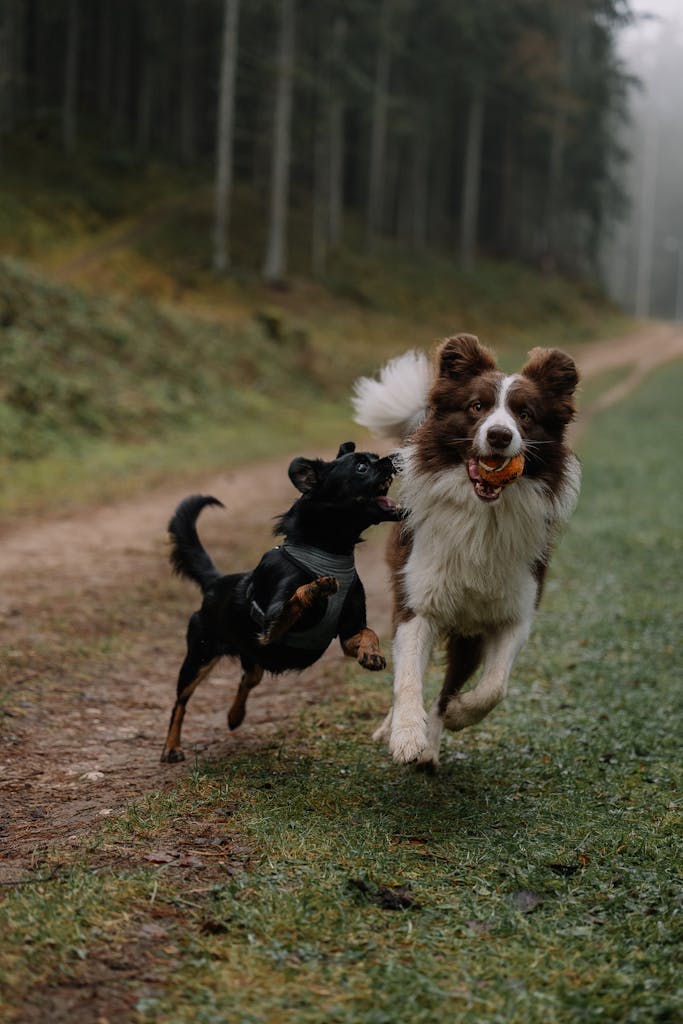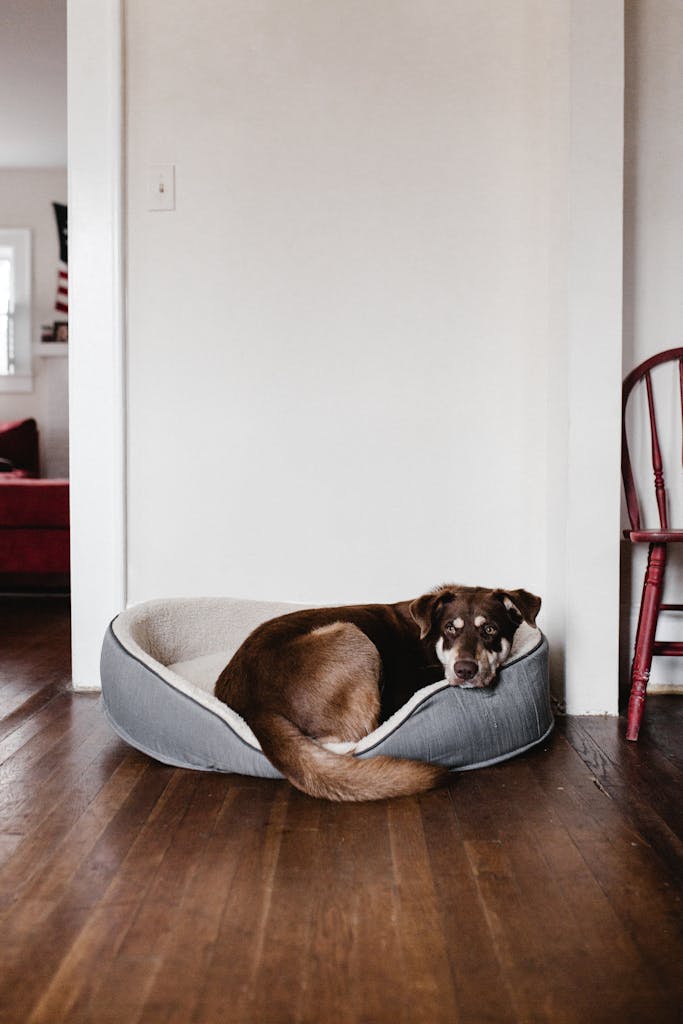The Vital Role of Exercise in Maintaining Your Dog’s Health
Exercise is crucial for keeping our canine companions healthy and happy. Just like humans, dogs need regular physical activity to maintain their overall well-being. Recent findings have shed new light on the importance of tailored exercise routines for dogs based on their breed and age. Let’s explore the latest research on suitable activities for different dogs and the numerous benefits of keeping your furry friend active.

Why Exercise Matters for Dogs
Regular exercise is essential for dogs of all ages and breeds. It helps maintain a healthy weight, strengthens muscles and bones, improves cardiovascular health, and boosts mental stimulation. Recent studies have shown a strong correlation between physical activity and improved health outcomes in dogs.
A meta-analysis of 29 studies supports the notion that regular exercise contributes positively to both the physical and mental health of dogs. This research highlights the importance of incorporating daily physical activity into your dog’s routine.
Tailored Exercise for Different Dog Breeds and Ages
New findings emphasize that dogs have diverse exercise needs based on their breed, size, and age. For instance:
High-Energy Breeds
- Border Collies and similar breeds may require up to two hours of vigorous activity daily
- Activities: Running, jogging, fetch games, agility training, swimming
Smaller or Less Active Breeds
- May only need about 30 minutes of exercise per day
- Activities: Short walks, gentle play sessions, low-impact activities like swimming
Puppies
- Have bursts of energy requiring playtime and structured activities
- Activities: Short play sessions, brief walks, socialization activities
Senior Dogs
- Benefit from gentler exercises to maintain health without overexertion
- Activities: Short walks, light play, low-impact exercises
It’s crucial to note that exercise needs can vary significantly even within breed categories. Always consult with your veterinarian to determine the most appropriate exercise regimen for your dog.

Benefits of Keeping Dogs Physically Active
Regular exercise offers numerous benefits for dogs:
- Weight management
- Improved cardiovascular health
- Enhanced muscle tone and strength
- Better joint health
- Reduced behavioral problems
- Improved mental stimulation
- Stronger bond between dog and owner
A study published in BMC Public Health examined how the bond between humans and dogs enhances physical activity levels among dog owners. The research suggests that having a dog encourages more active lifestyles, benefiting both the pet and the owner.
Creating a Balanced Exercise Routine
Experts recommend assessing your dog’s individual preferences, activity levels, and any health issues to create a balanced exercise routine. Here’s some advice from veterinarians and animal behaviorists:
- Mix structured activities (like fetch or agility training) with free play
- Adjust the routine as your dog ages to accommodate changing needs
- Incorporate mental stimulation alongside physical exercise
- Consider your dog’s breed-specific traits and energy levels
- Monitor your dog’s response to exercise and adjust accordingly
Dr. Sarah Johnson, a veterinary specialist in canine sports medicine, emphasizes, “A well-rounded exercise routine should challenge your dog physically and mentally. This could mean mixing up walking routes, introducing new toys, or even trying out dog sports appropriate for your pet’s abilities.”

Precautions to Avoid Over-Exercising
While exercise is crucial, it’s equally important to avoid over-exertion. Here are some precautions to keep in mind:
- Start slowly and gradually increase intensity and duration
- Watch for signs of fatigue or discomfort
- Provide plenty of water before, during, and after exercise
- Avoid exercising in extreme weather conditions
- Be mindful of your dog’s age and health status
If you notice any unusual symptoms or behaviors during or after exercise, consult your veterinarian promptly.
Conclusion
Exercise is a fundamental aspect of maintaining your dog’s health and happiness. By providing appropriate physical activities tailored to your dog’s specific needs, you can help ensure they lead a long, healthy, and fulfilling life. Remember, the bond formed during these shared activities not only benefits your dog but also contributes to your own well-being. So lace up those walking shoes, grab a leash, and embark on a journey towards better health for both you and your furry companion!




